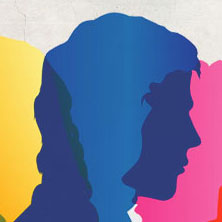None of us live a slave free life. All of us consume goods and services created by exploited labor.
The Bureau of International Labor Affairs maintains a list of goods which it has reason to believe are produced by child labor or forced labor in violation of international standards, as required under the Trafficking Victims Protection Reauthorization Act (TVPRA) of 2005 and subsequent reauthorizations.
The List Comprises
(As of September 20, 2018)
148
Goods
76
Countries
It includes various fruits, coffee, cocoa, sugar, textiles, and cell phones.
This list does not include the types of labor which are commonly found within the United States. Human trafficking is prevalent in the domestic food service industry, in cleaning services, in factories, beauty shops, and in the commercial sex industry.
Case Studies Spotlight on Human Trafficking in America

Labor Trafficking
Natalie was a 58 year old former schoolteacher living in the Philippines when she agreed to come to the United States for a job. She thought she was agreeing to take care of an elderly woman. Instead, the women’s daughter and son-in-law forced her into domestic servitude. They took her passport and threatened to report her for immigration. They beat her and forced her to work for 18 hours a day, 7 days a week for over a year. They also made her sleep in a dog basket and eat old food. Natalie eventually escaped and went to the police. The daughter pled guilty to forced labor trafficking and was convicted to three years in prison. The son-in-law pled guilty to alien harboring and was sentenced to 200 hours of community service and ordered to pay a $5000 fine.
* Individual’s name has been changed for their protection
